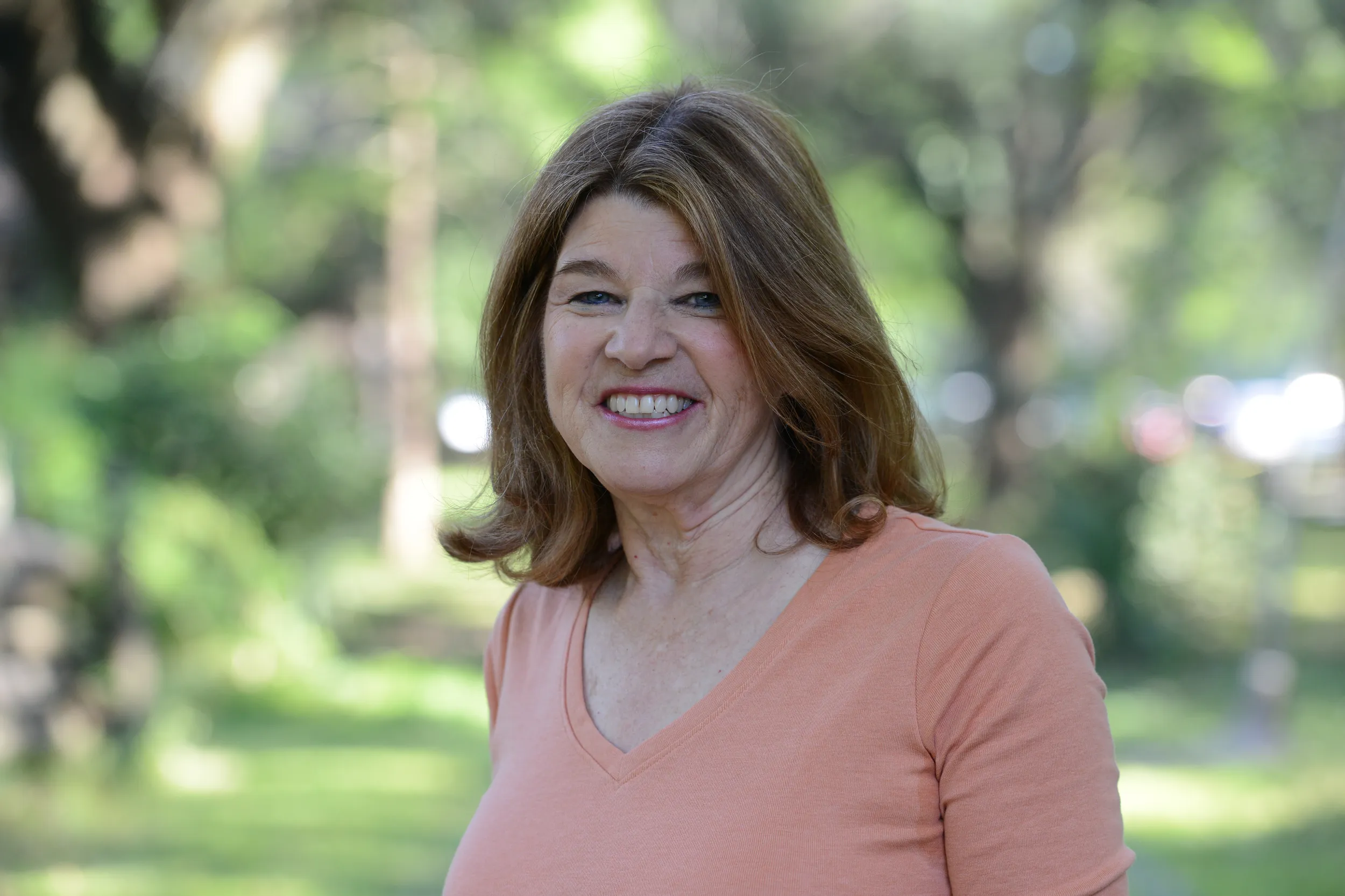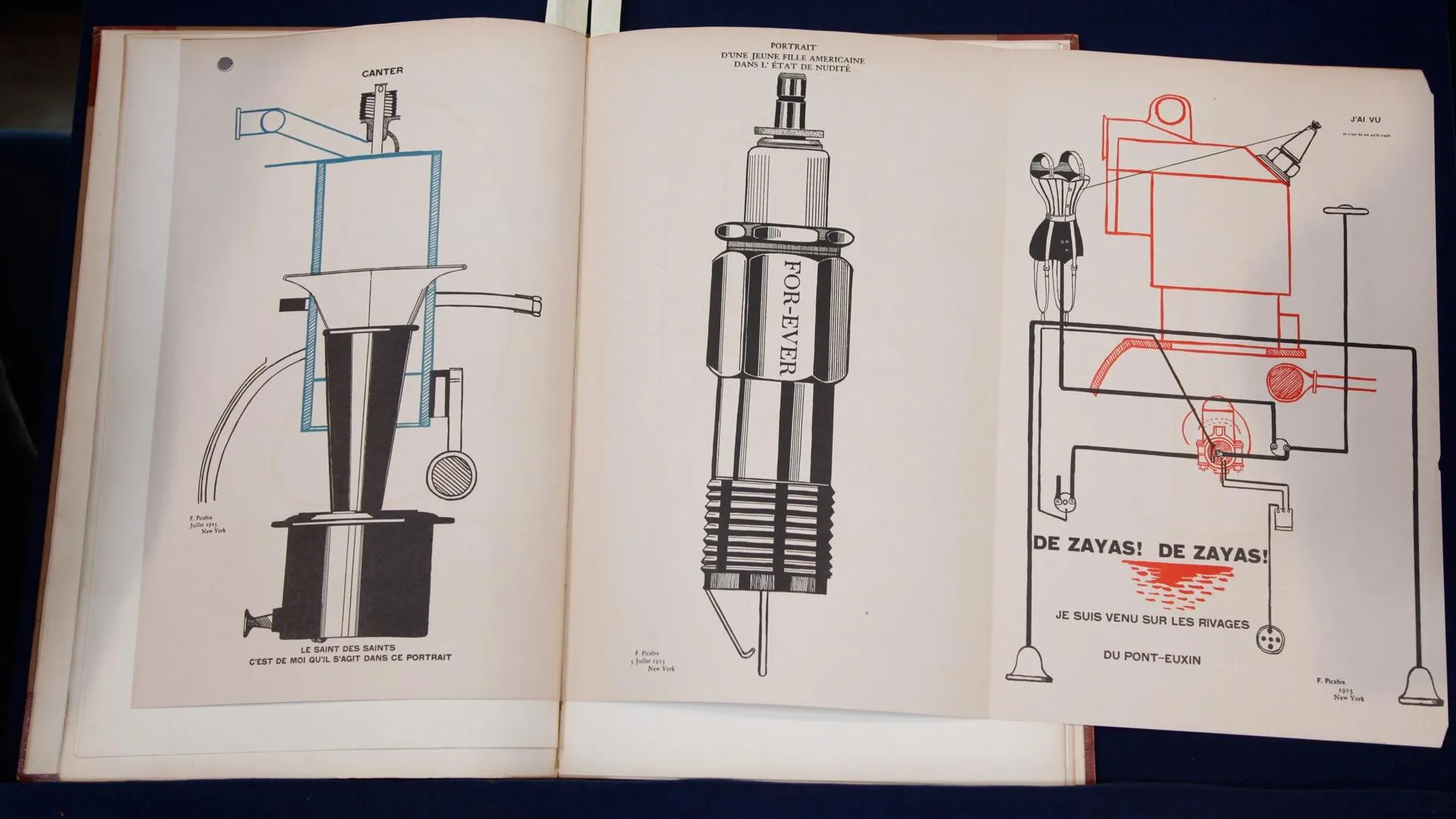GUEST: I was in downtown La Jolla. There was this antique store with golf clubs in the window. I asked the price, $600 for these. I had to have them, so packed them up and took them home.
APPRAISER: How long ago was this?
GUEST: 2001.
APPRAISER: This is the old school golf. When I saw Jones on there, I wasn't sure if it was Robert Jones, Bobby Jones, really who he was at the time, but old wood golf clubs look cool on a wall. The explosion of golf occurred in the early 1900s, thanks to Harry Vardon and then Francis Ouimet, who won the 1913 U.S. Open against Harry Vardon. People loved to play golf. Golf courses went everywhere, and manufacturers like Spalding-- the brand on these clubs-- MacGregor and Wilson, they started making hickory-shafted clubs in the millions to satisfy the need for all the golfers. A lot of people think that because hickory-shafted clubs are old, they're worth a lot of money. The fact is that 90% are probably under $50.
GUEST: Mm-hmm.
APPRAISER: Now, the wood shaft era started ending in the 1920s, because in 1924, the U.S.G.A. legalized steel-shafted clubs. But it took a few years to get up to speed, and it also took a few years for people, particularly traditionalists, to come over to playing steel-shafted clubs. But once they found out, A, they were more durable, and, B, they could get more distance on the clubs, they came over. But you have someone who's old school, like Bobby Jones, he won the Grand Slam in 1930-- the British Open, U.S. Open, British Amateur and U.S. Amateur-- by using hickory-shafted clubs. He retired after that, and then he made a deal with Spalding to create steel-shafted clubs, which he did starting in the early '30s. So what you have here is a set of irons that say "Bobby Jones" on them. The original clubs they made, the steel-shafted ones, they painted to look like hickory, and a lot of people today think that they have hickory and they may have something rare, when they actually don't. In one year, for one catalog in 1933, they offered hickory-shafted clubs, and they did that for traditionalists. And you couldn't just get them from the catalog. You had to actually call up and custom-order them. So these are very rare.
GUEST: Good.
APPRAISER: They're in nice condition. You have the two through nine; you're missing the one iron. Now, the golf club market has changed. It's not as dynamic as it once was, and there are some prices that have actually dropped, so I'd put an auction estimate of $5,000 to $7,000.
GUEST: Wow.
APPRAISER: That's a pretty good deal for 600 bucks.
GUEST: Absolutely.












